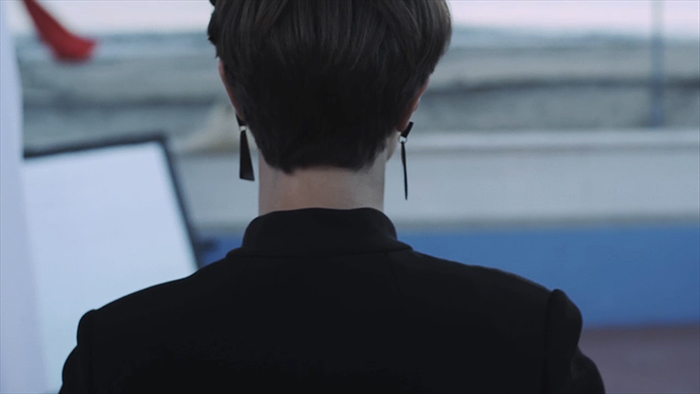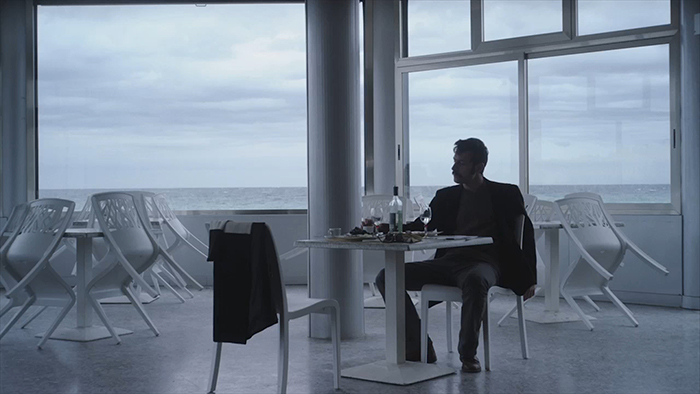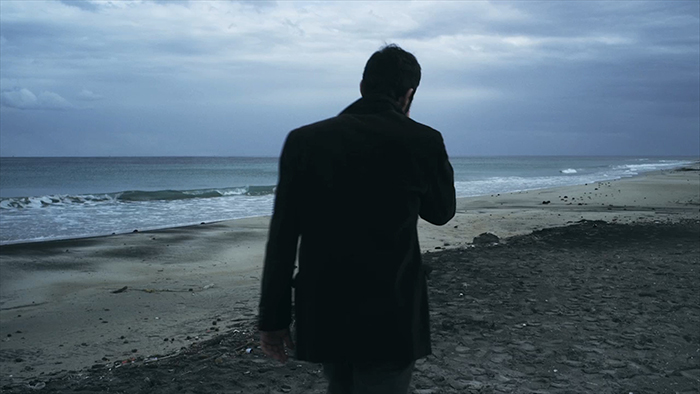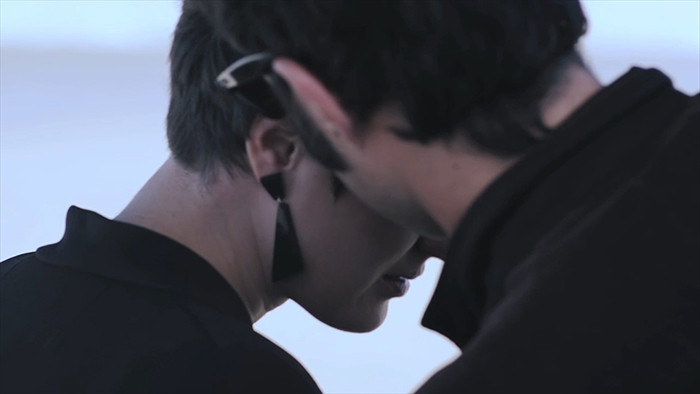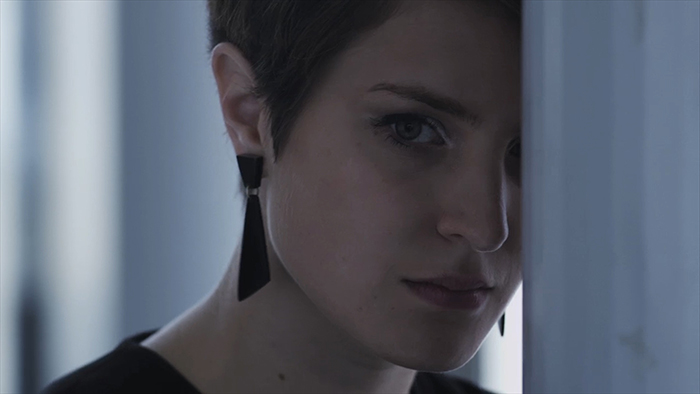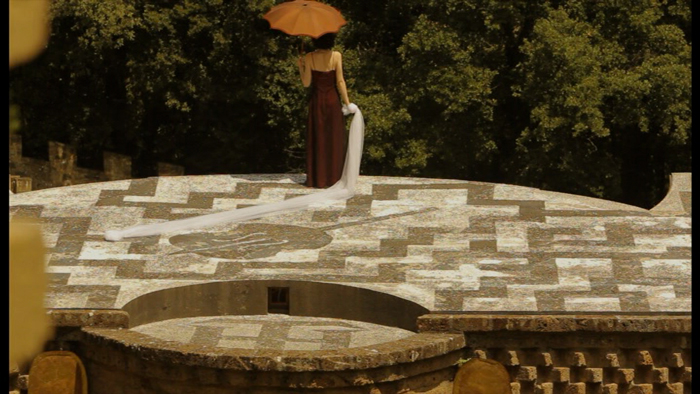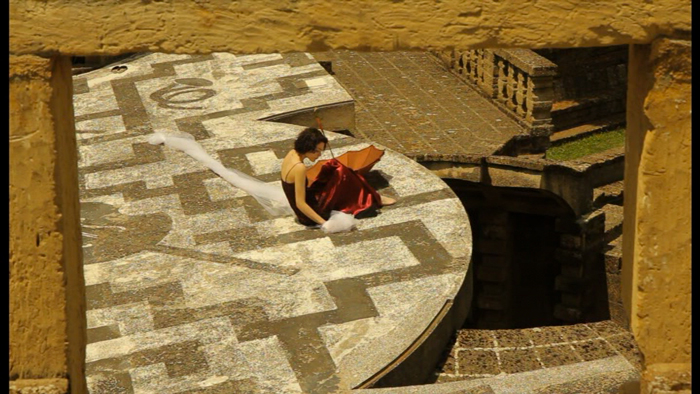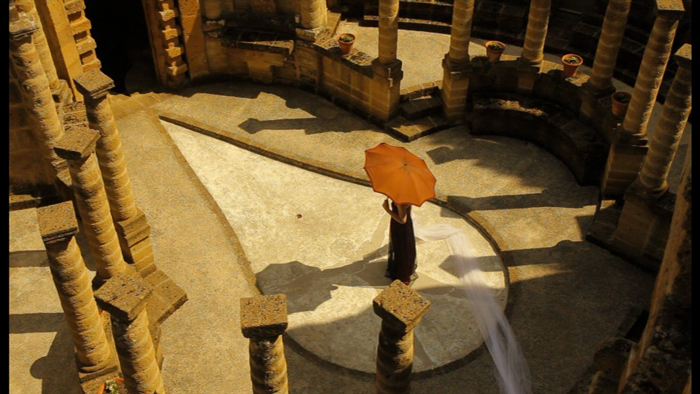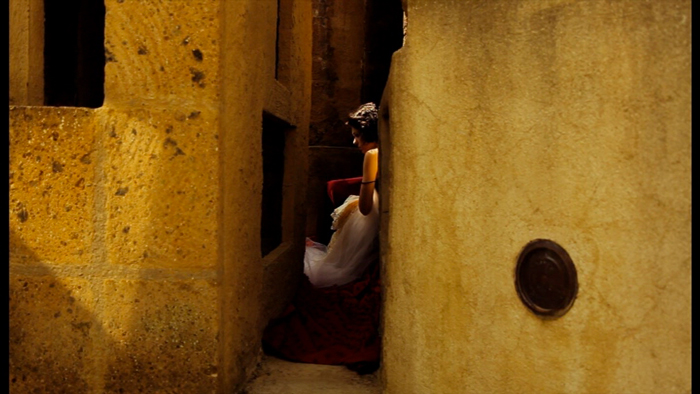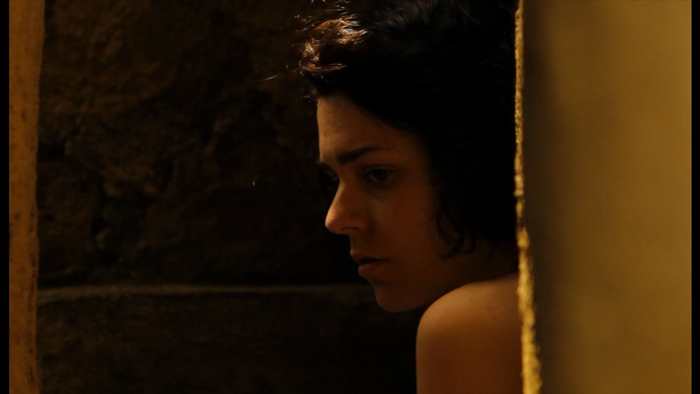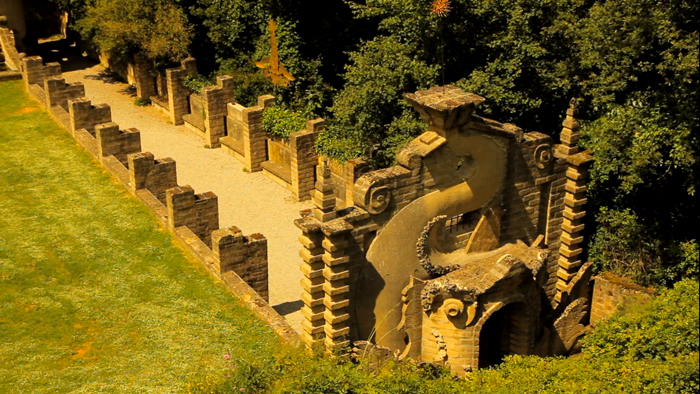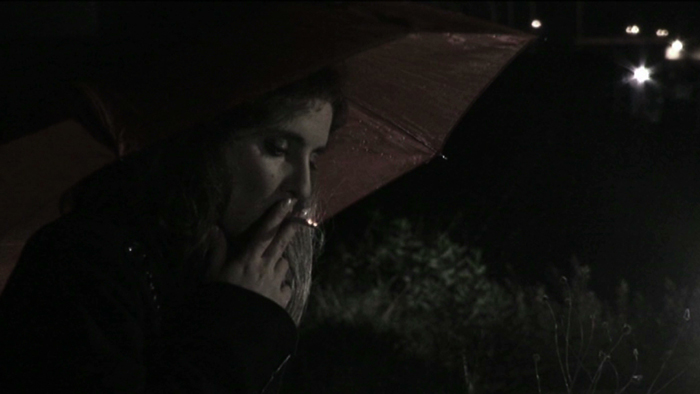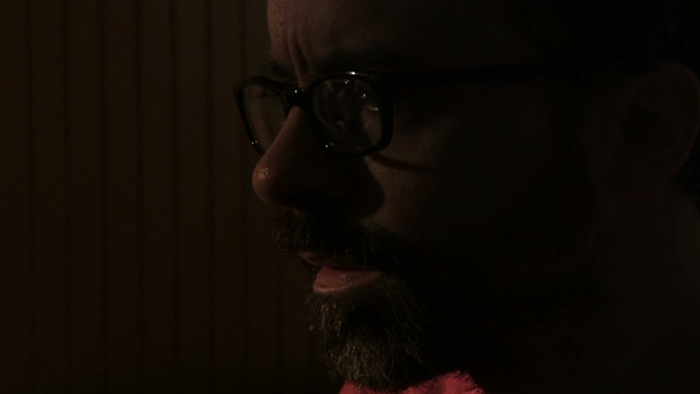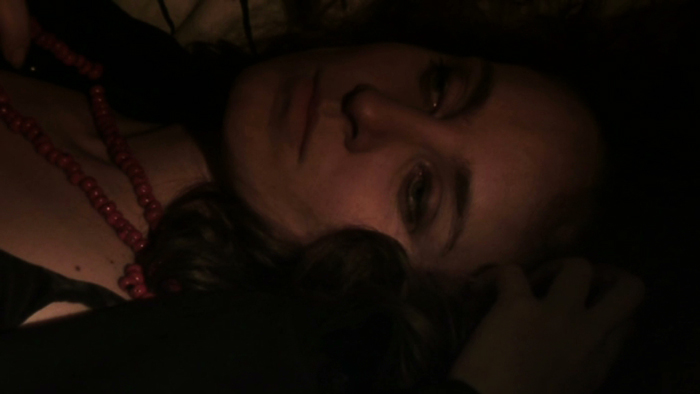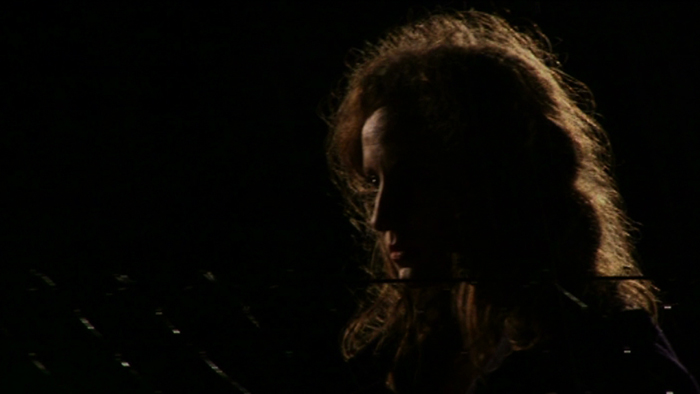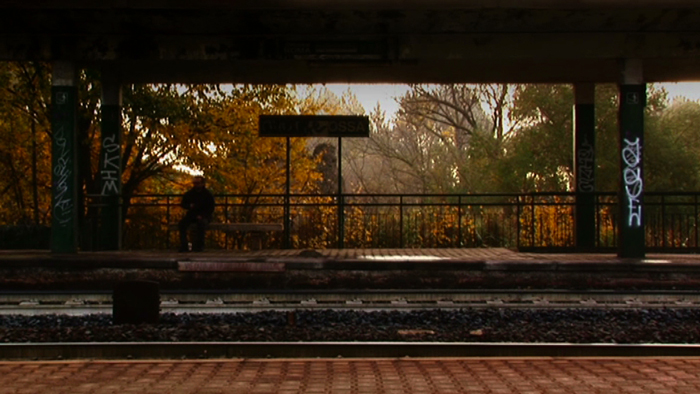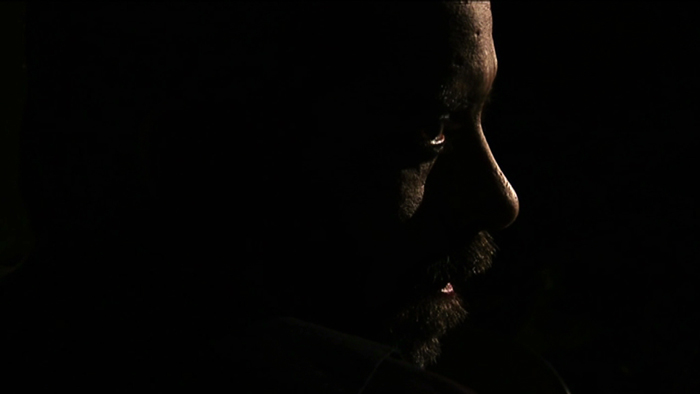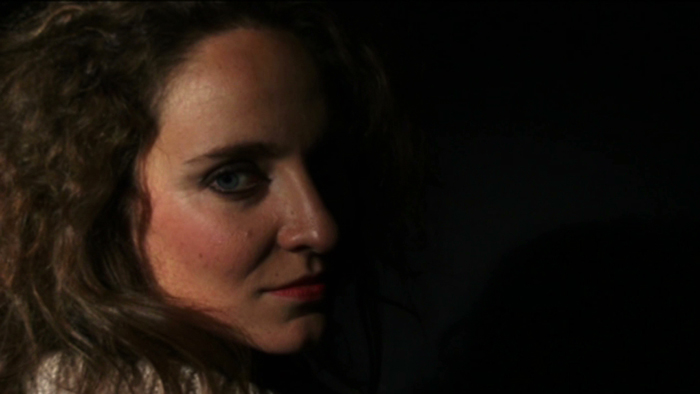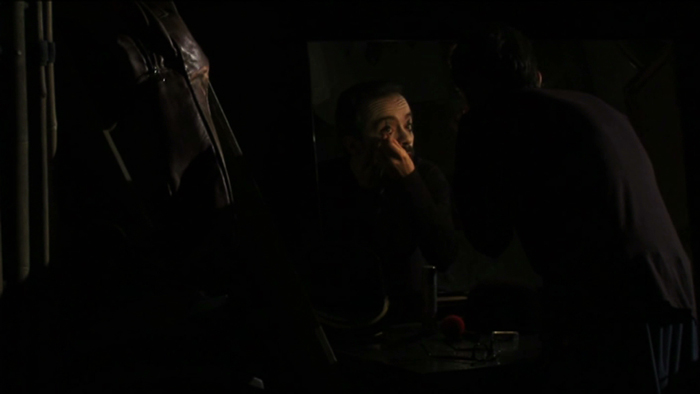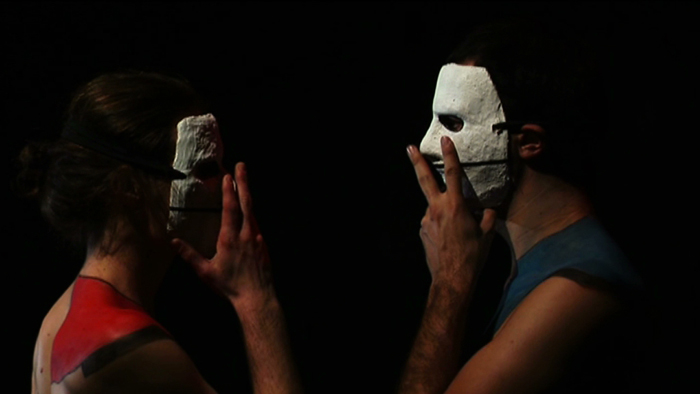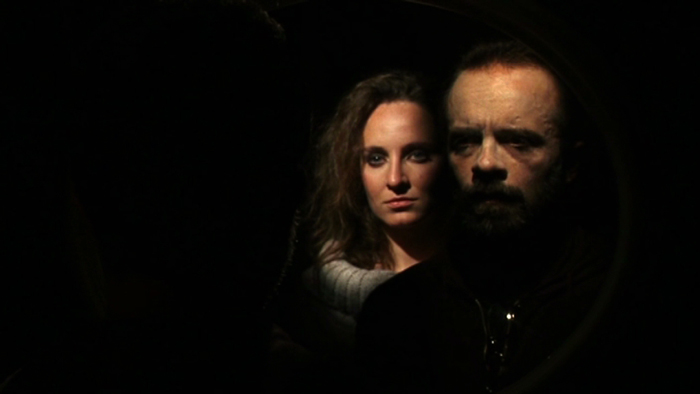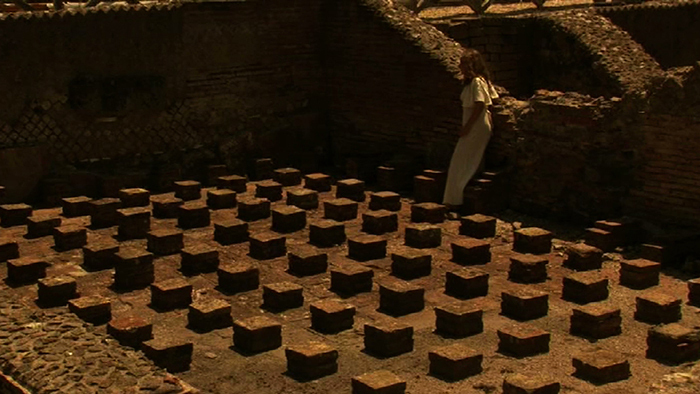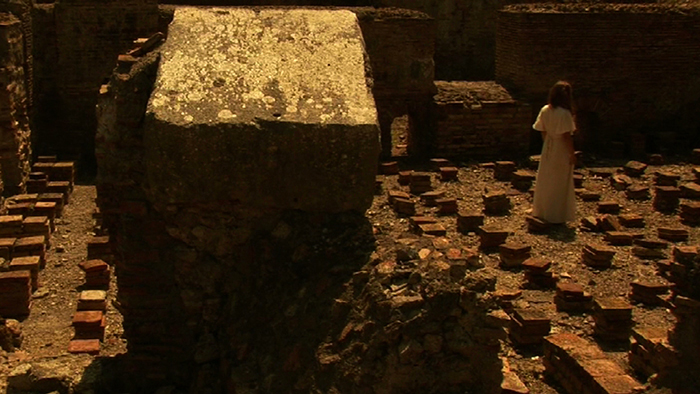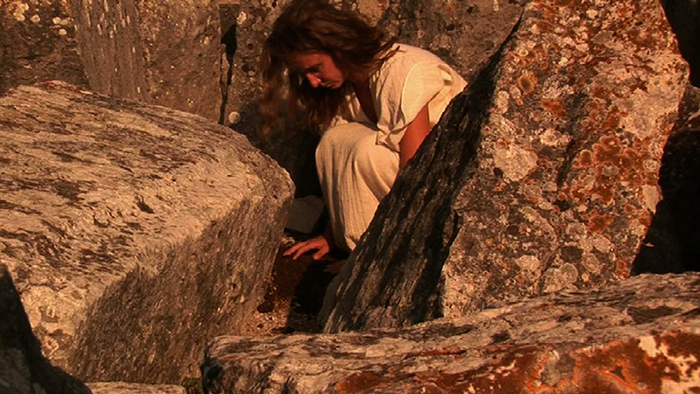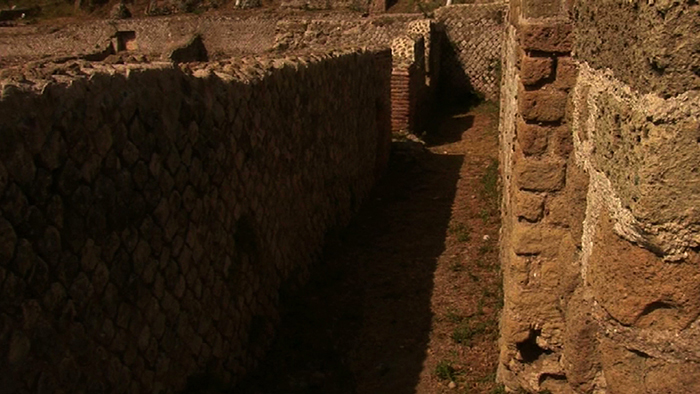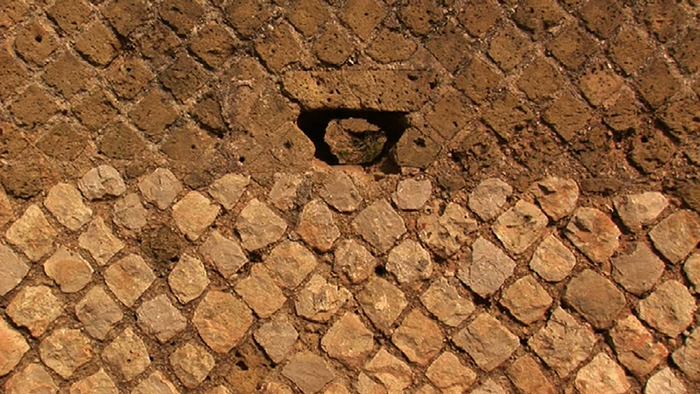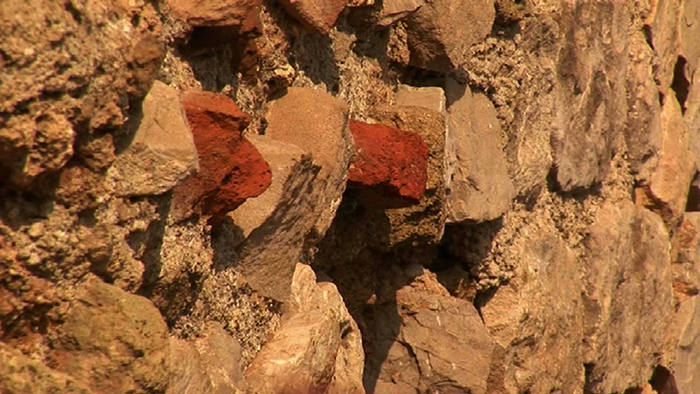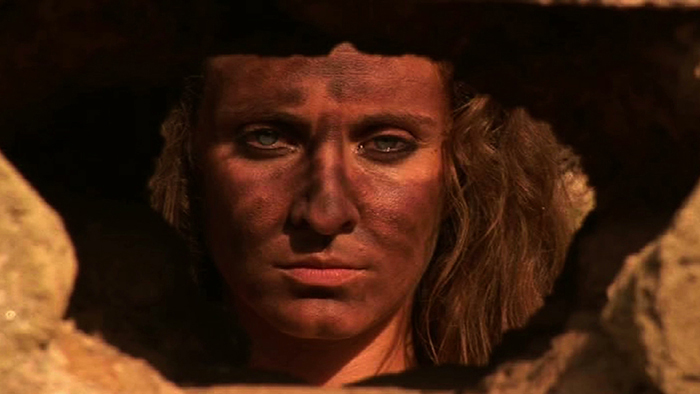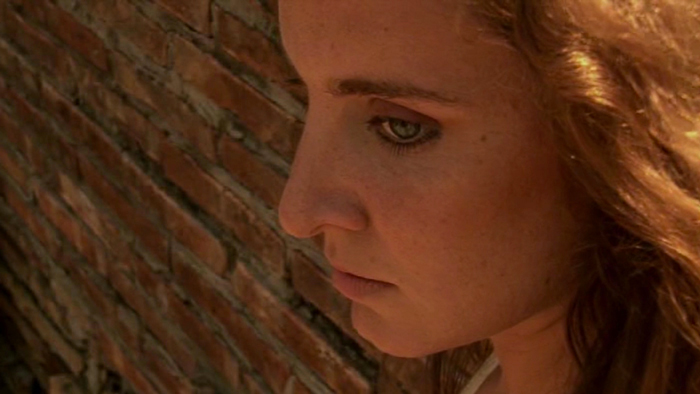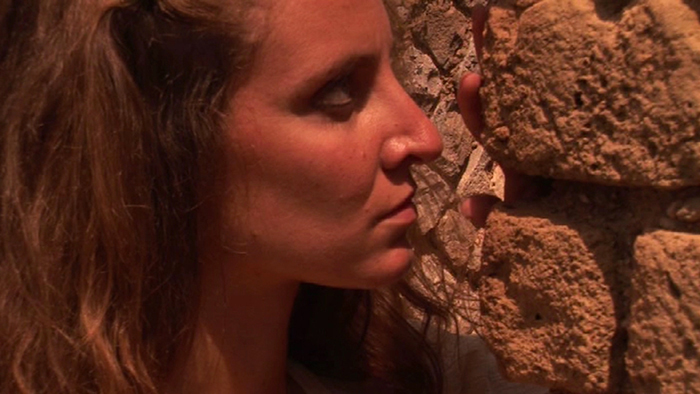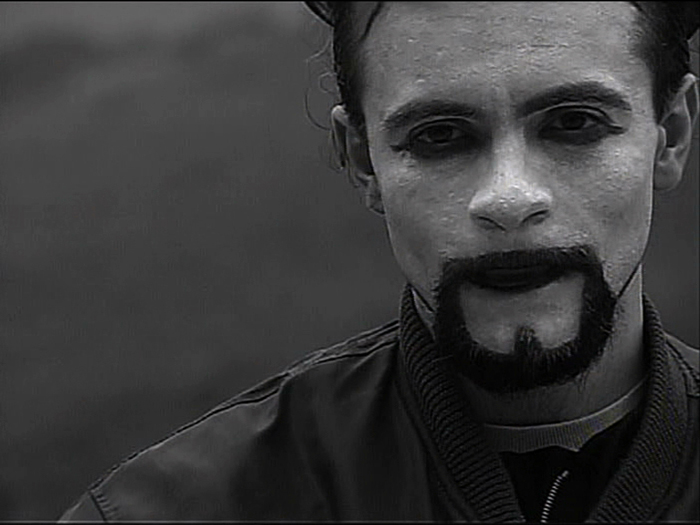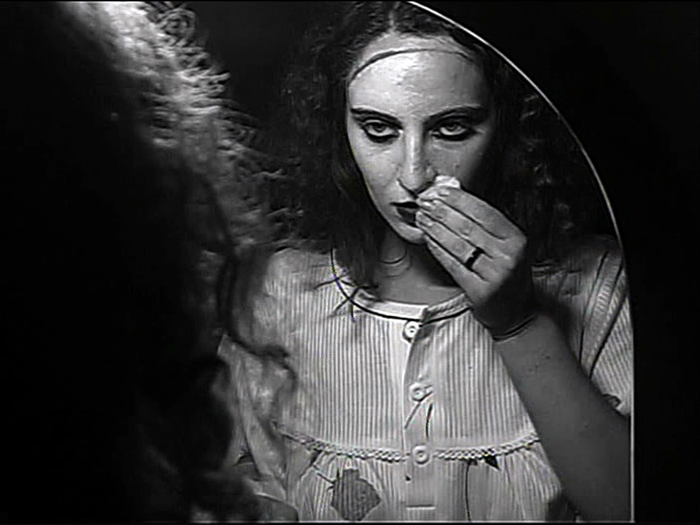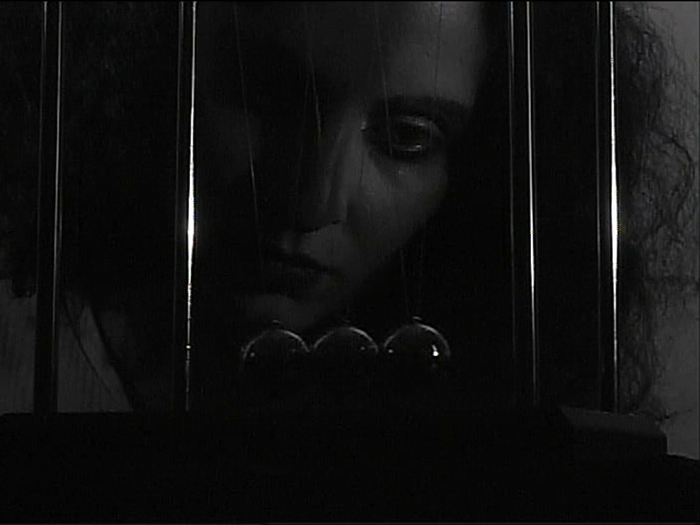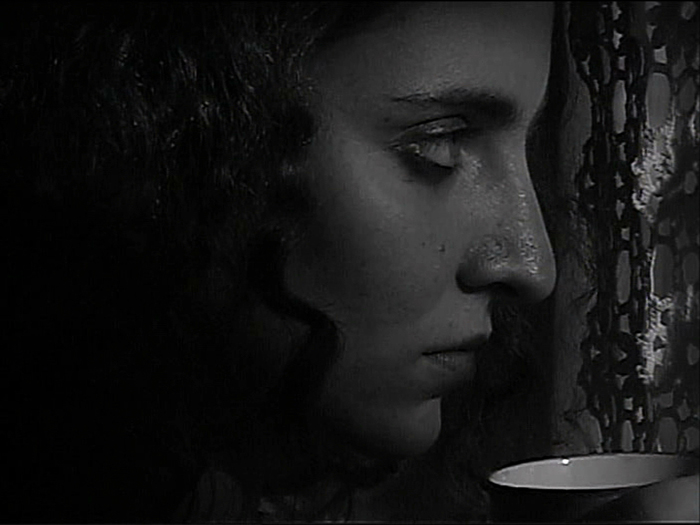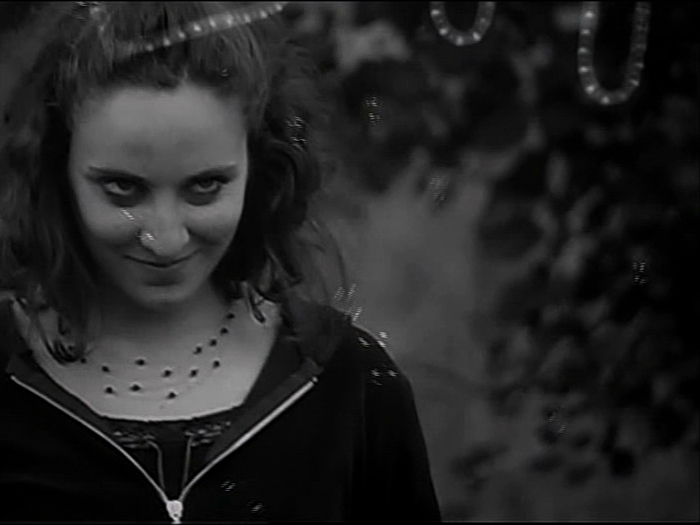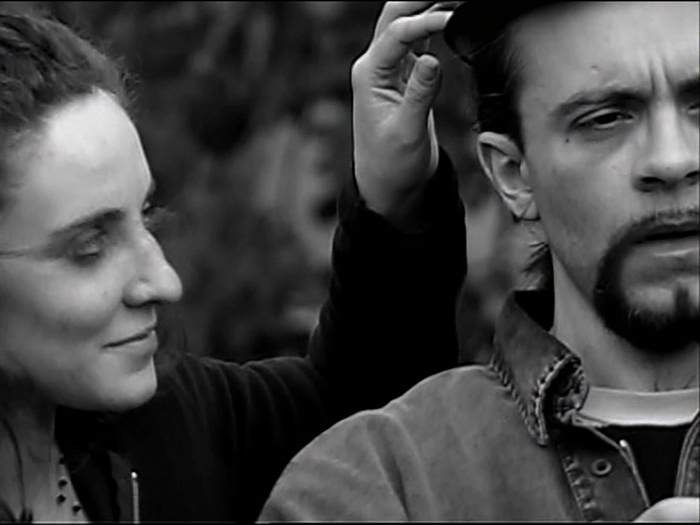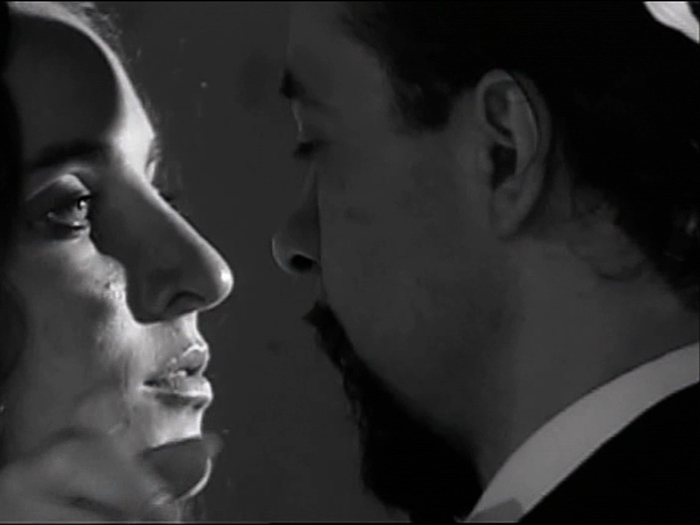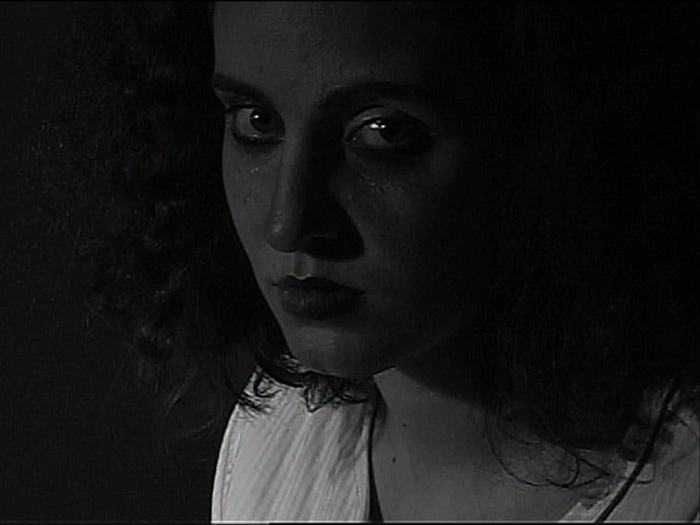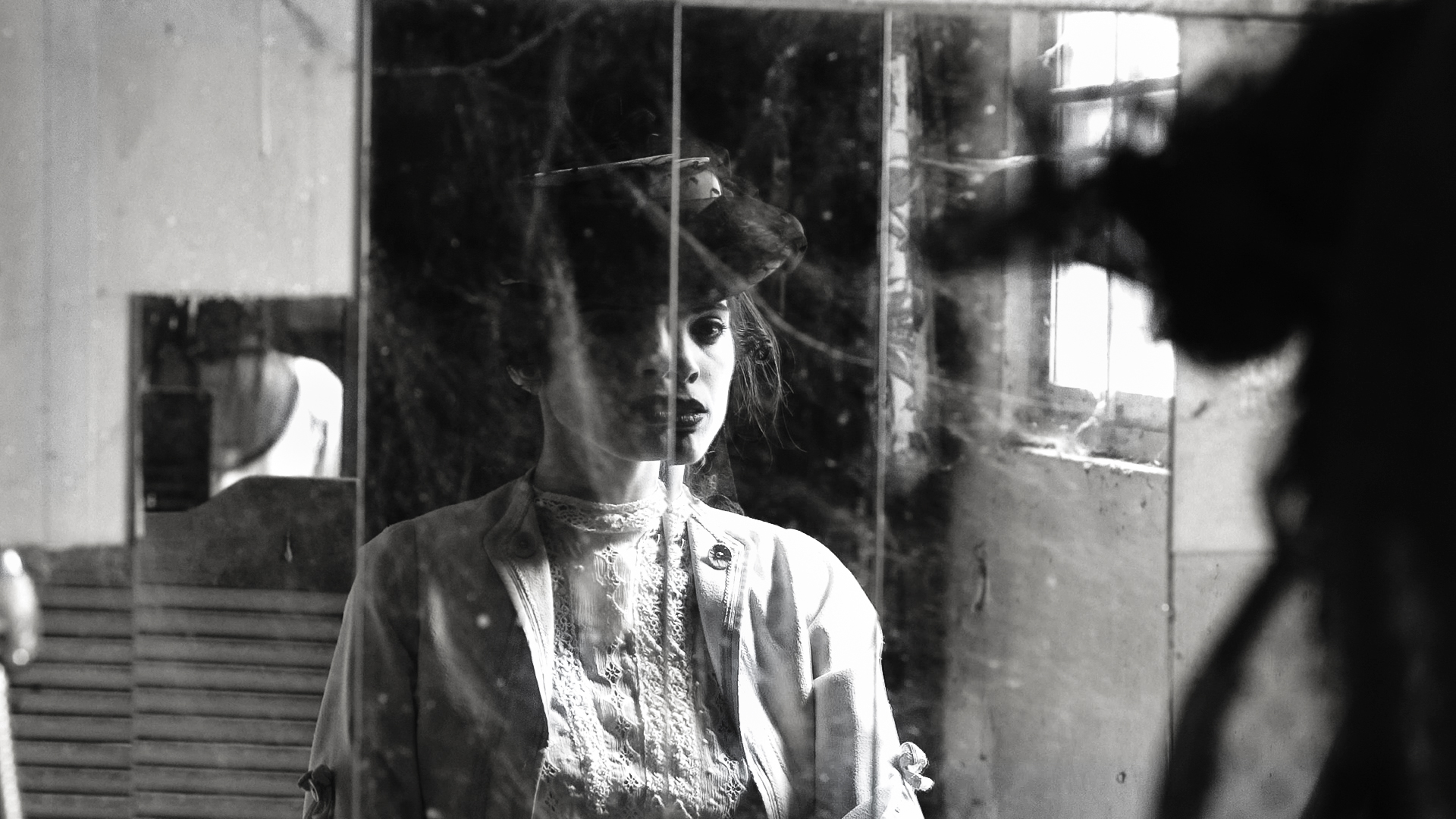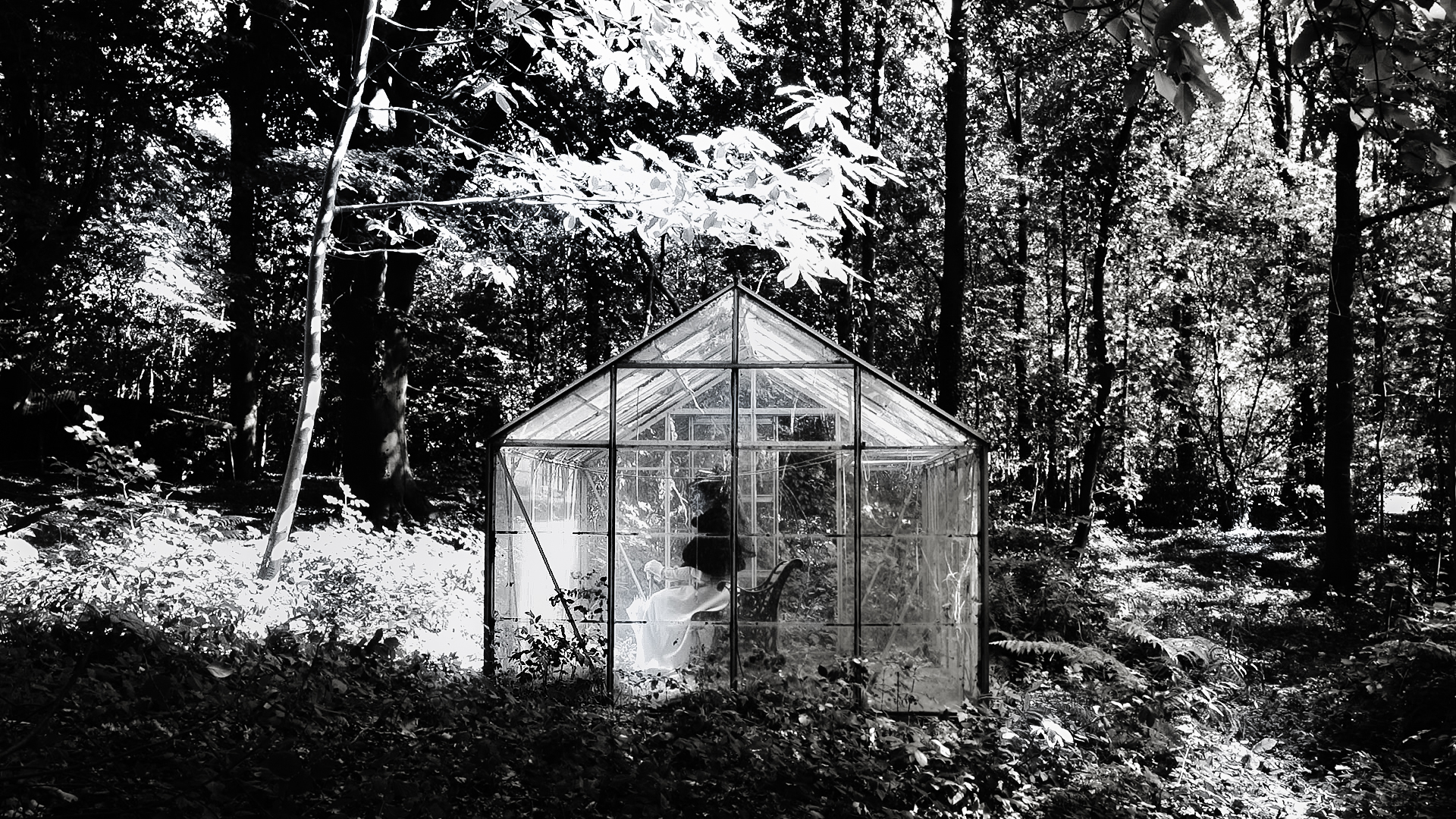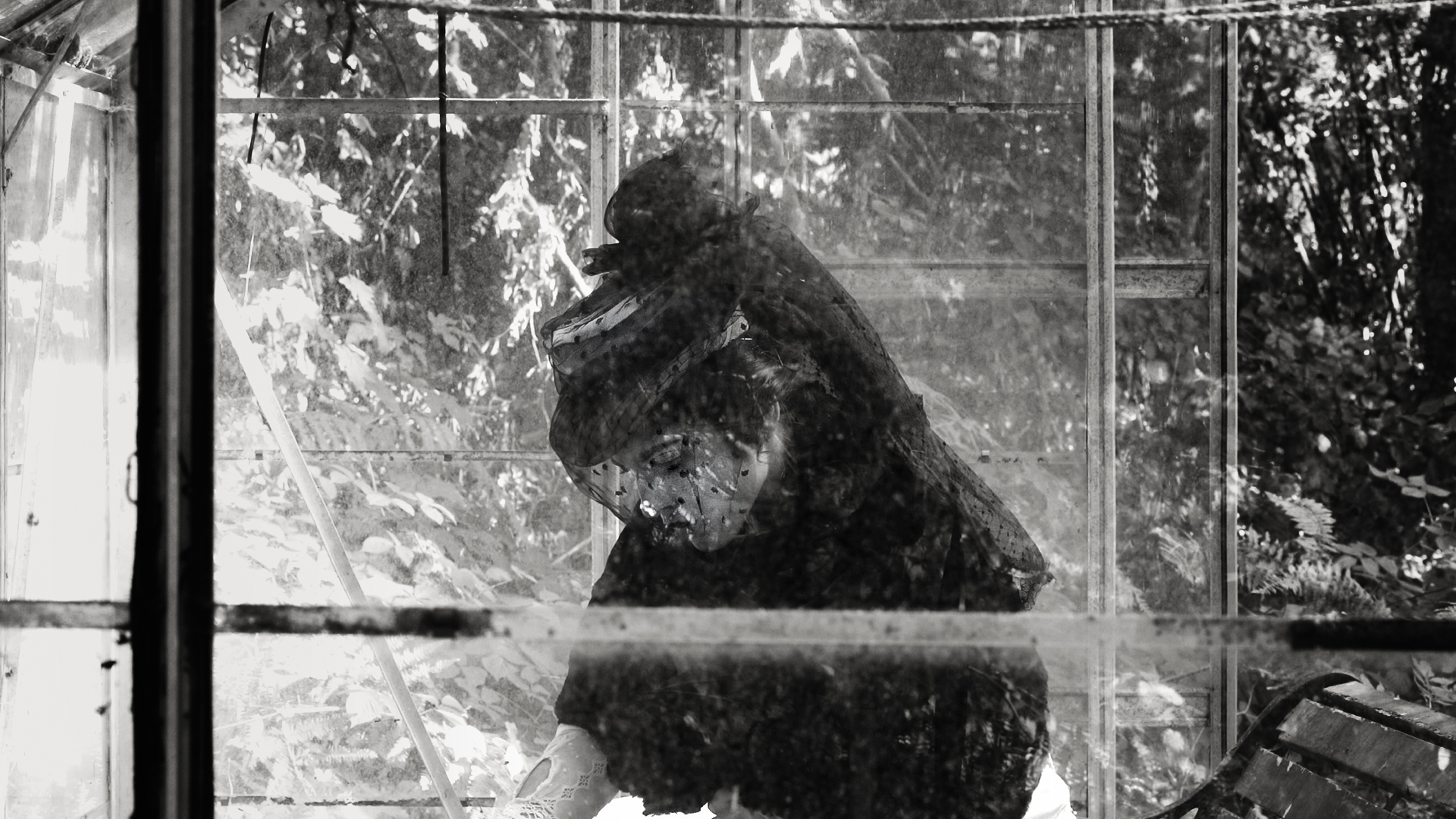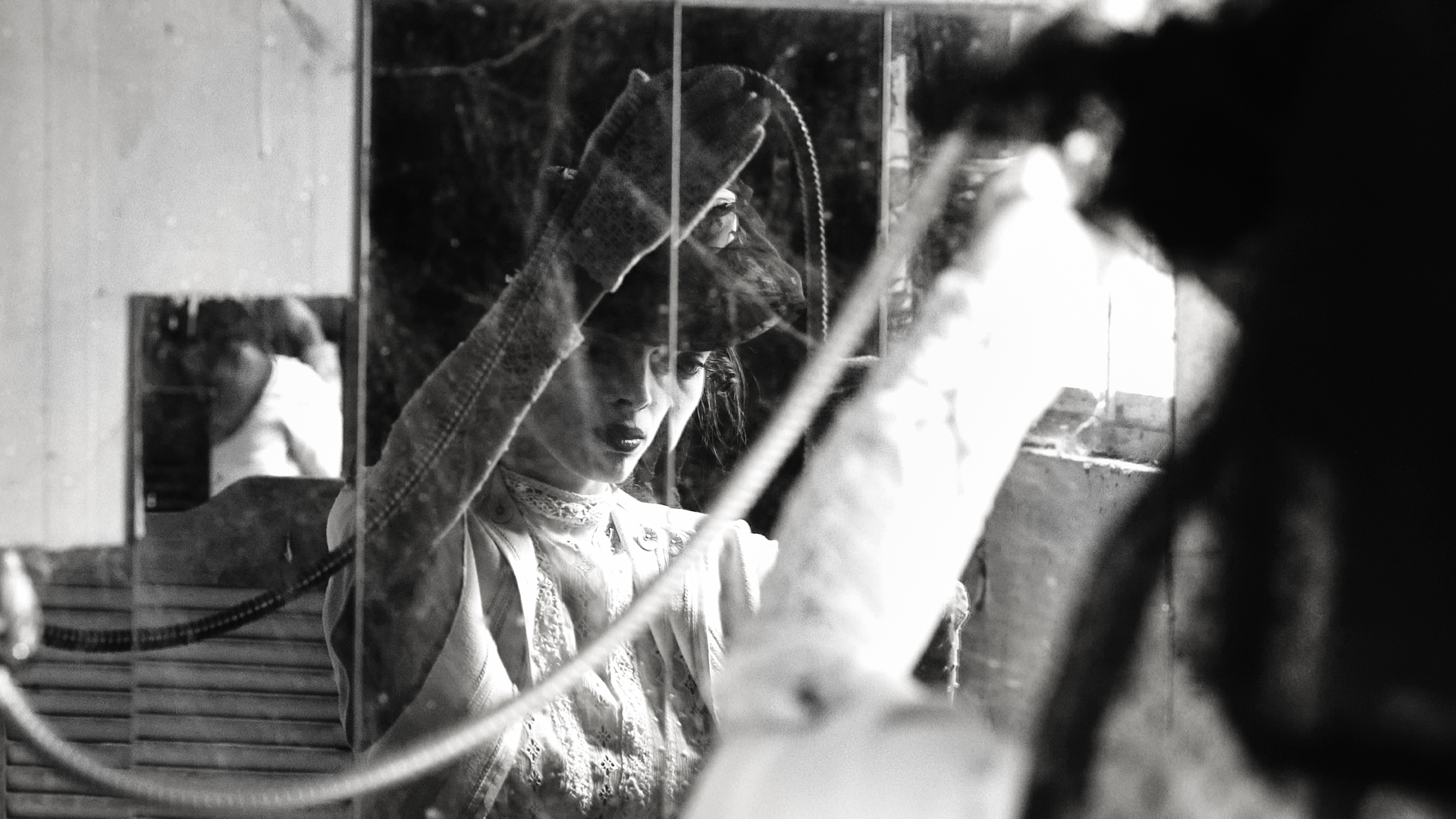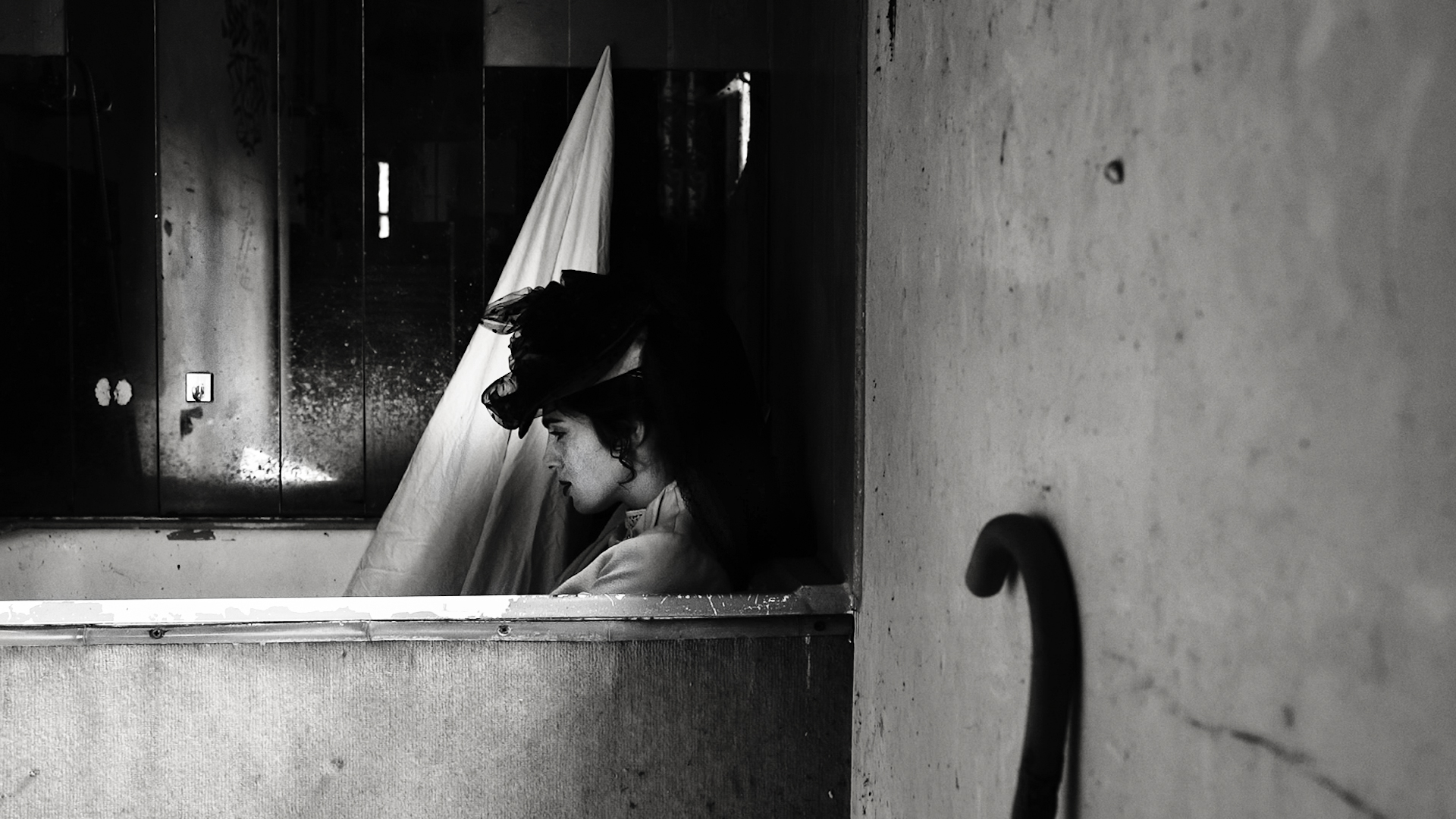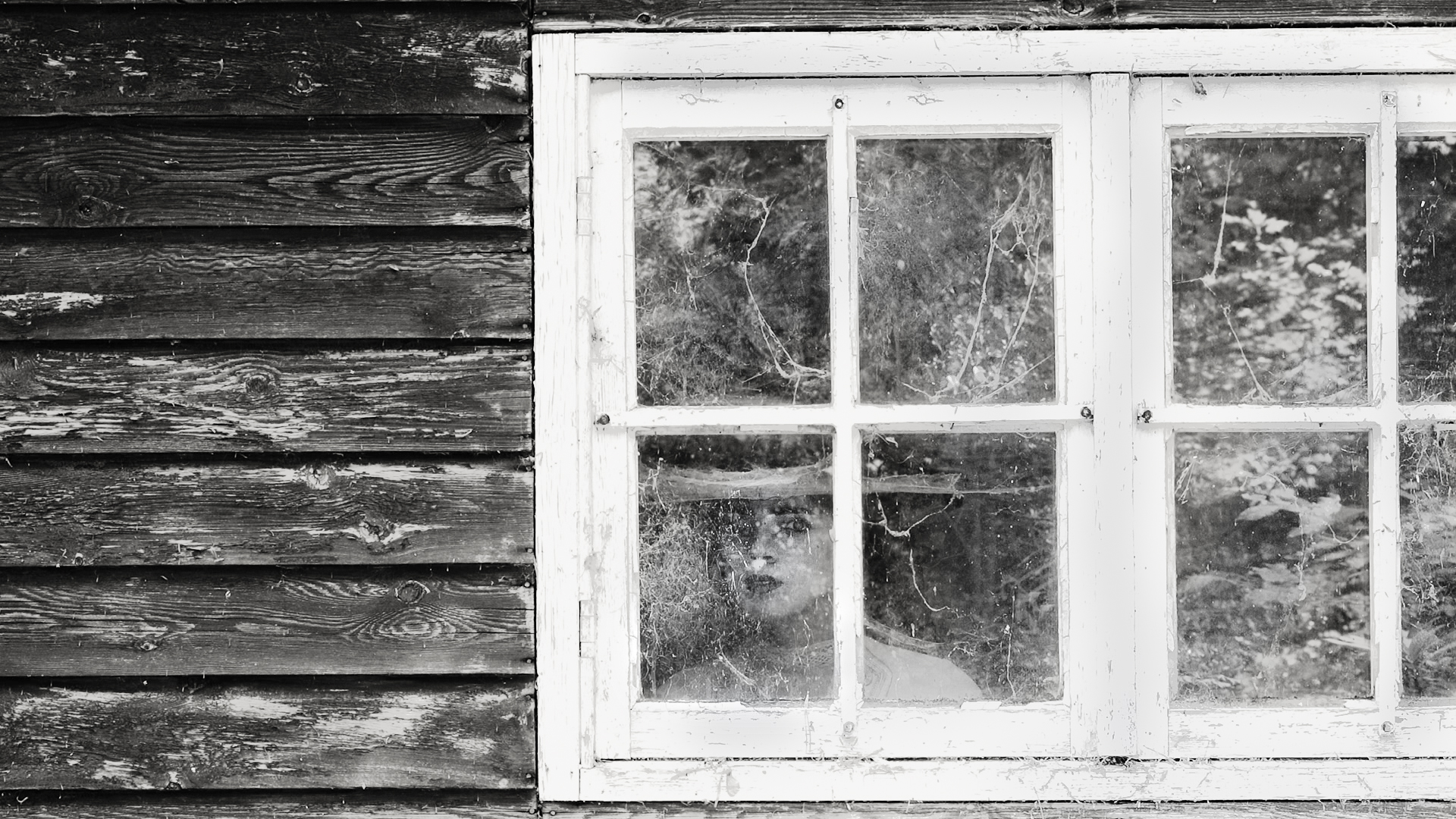FRAGMENTS
website: fragments.com
About L'Inverno
In the beginning it was a short film. The story of a man and a woman who meet by chance, they
like each other, they get to know each other, they make love and they fall asleep. Until he
wakes up and, maybe because he is bored or maybe a sudden inspiration, he starts painting his
car in red dots. Once finished, he stays there watching his work from a short distance. After
some little time he jumps in the car and runs fast to a pier. The screen turns black for a few
seconds. When the image appears again, there is nothing: not the car nor the man nor the woman.
All is lifeless. Only the sea is alive. And the wind. Everything has disappeared or maybe it
never existed.
From L'Inverno to Fragments
About Fragments
When I have shot L'Inverno, I had a film in mind. When I have finished L'Inverno, I have found
the film.
I think I can sum it all up like this, in the end.
What are the Fragments of Winter?
A film in fieri and a film testimony of production difficulties that have “broken” the original
film and have split it, uncompleted.
Why the Fragments of Winter?
At the end of a “failed” film why not showing it? Opening the film, giving it to the spectator,
even if wounded; multiplying the framings and the screens, in order to even renew the concept of
movie theatre.
How?
With a museum space big as an hangar, with five big screens scattered (more or less
perpendicular to each other) in the empty and dark space, each one of them showing a fragment of
the film in loop sequences.
Few spectators per visit, free to move, to wonder, attracted by the sounds and lights that come
out from the different screens.
For this reason this is an “open film”...
I have thought that just as all of us – the actor, the crew and myself – we got lost in the
making this film, I would like the same to happen for the spectator, that he looses himself
inbetween the five big Fragments. Thus giving the impression of a film that is once again
“suspended”, not only in its story or in the style, but also in its modality of vision.
How, technically?
With five screens, five blu-ray players, five projectors, ten speakers and a lot of darkness.
More specifically, with two versions, one different from the other, for various situations. The
low budget version, designed for smaller spaces, with five digital televisions and five blu-ray
players. The high budget version, designed for much bigger spaces as abandoned churches or
hangars, with cinema screens and excellent digital projector. Sound is stereo in both versions.
Therefore, sound diffusion will be the same: two good speakers for each screen will be enough.
experimental / art film
IT 2014 | 18' | col. | SHD - 4K
produced by Associazione Culturale Azteca | associate productions Azteca Produzioni Cinematografiche, Media Land and Sharoncinema Production | executive producer Rita Surdo (Sharoncinema Production) | written and directed by Gianluca Colitta | script collaboration by Cesare Landricina | camera (col. SHD) Giuseppe Truppi | art directors Marcella Mosca, Egle Calò and Corrado Pizzi | costume designer Marcella Mosca and Allegra Mori Ubaldini | music and sound design Luigi Porto | editing Tiziana Settembrini | additional editing Paola D'Andrea | 1st assistant director Esmeralda "Dada" Da Ru | director's assistant Gabriella Barbati and Viviana Dominici | continuity Francesca D'Antoni | floor sound engineer Andrea Mazzotta | production manager Leonardo Peluso (Sharoncinema) | production assistants Roberta Stifini, Luigi Nico, Giovanni Castelluccio | camera operator Giuseppe Truppi | 1st camera assistant Gennaro Visciano | camera assistant Pier Paolo Battocchio | key grip / best boy Simone Petrelli / make-up and hair stylist Roberta Stifini | cast Andrea Onori and Marie Marlard
L'abito da sposa pelle e ossa
The short film is an abstraction, a symbolic representation of the story. The main female
character – like a gold digger – is a pilgrim in a surreal place, with a royal attitude, solemn,
almost distant.
She is both controller and prisoner of a space that “it is neither a forest or a park: it is
nothing more or less than an enchanted garden” (Mann); it is a place that is a labyrinthine
projection of her unconscious. What surrounds her is a “tangible reality which turned into a
vision”. However this majestic and sacred attitude of the character disappears by the ending,
the only moment in which we clearly see her face. We see a gaze that looks at us and asks for
mercy and compassion. What this gold digger finds is actually her fragility and friability.
Reading Paolo Cognetti's short story Pelleossa I was spontaneously attracted by three, four
elements. The wedding (“Qui ci sposiamo per andare via” - “Here we get married in order to
escape”, p. 35), the menstrual cycle ("Qui abbiamo una bambina che scopre l'esistenza del sesso
e smette di mangiare. Senza saperlo fa la cosa giusta, visto che l'anoressia interrompe il ciclo
mestruale" - “Here we have a young girl discovering the existence of sex and stops eating.
Without knowing it she makes the right choice, as anorexia causes the interruption of the
menstrual cycle”, p.30), the body as a house hunted by ghosts ("Non credere anche tu a quello
che vedi, per favore, non tu. Il corpo che hai davanti è una casa abitata dai fantasmi: un posto
pieno di ragnatele, scale storte e pavimenti marci" - “Don't you believe what you see, please,
not you. The body you are looking at is a house hunted by ghosts: a place full of spider webs,
twisted staircases and rotten flooring”, p. 28), “anoressia come forma di misticismo” (“anorexia
as a way of mysticism”, p. 29).
I was attracted by these phrases and I wrote them down while reading. It was easy to me to
imagine a woman whose thinness does not get revealed until the end. A red-haired woman. Red as
what she is shrinking from: blood and life. A woman locked in a sort of labyrinth which is
mental and not, that is her body and outside her body, just like the clinic and the bodies in
which Cognetti's characters are locked in. Finally, a woman that sews a wedding dress, because,
like the author writes, often a wedding is the only way out, an object-wedding, desired only for
the purpose of the escape and not for love.
The first place/non-place that came up to my mind was the Scarzuola, the big scenographic
construction by Tomaso Buzzi, the ideal city, neo-Platonic, dreamlike and labyrinthine, in which
everything is to be found and to be lost. The city of tuff stone, friable, that rises and dies
every day. A city that is mystic, sacred, where there is no time, where time is suspended. Where
all is suspended. Both light and history. Where even life is suspended. And death. Like
anorexia.
drama / art film
IT 2014 | 4' | col. | HD
produced by Media Land | written and directed by Gianluca Colitta | camera (col. HD) Eugenio Barzaghi | art director Tomaso Buzzi (La Scarzuola) | costume designer Gianluca Carrozza | editing Paola D'Andrea | music and sound design Luigi Porto | 1st assistant director Esmeralda "Dada" Da Ru | continuity Francesca D'Antoni | color correction Diego Capitani | producer Cesare Landricina | production managers Gianluca Colitta and Dada Da Ru | cast Giulia Tubili
La nebbia
La nebbia tells the story of two ex-lovers who meet for the last time.
He is an actor who comes from the province and she is a prostitute. They meet during a rainy and
stormy night. They talk, the look at each other, trying to understand things. Then they break up
and leave again. Once they are distant and both lonely, they will feel like they are together,
linked by the same relentless feeling of awareness.
It will be the awareness of the end, the awareness of the emptiness.
drama / art film
IT 2010 | 22' | col. | HDV
produced by Gianluca Colitta | associate producers Omega Tech, Pi. Sa. Film and Movie Sound Editor | directed by Gianluca Colitta | written by Gianluca Colitta and Riccardo Papa | script collaboration Alessio Trabacchini | camera (col., HDV) Vincenzo Fiorini | additional camera (col., HDV) Luca Corretti | editing Diana De Paolis | music and sound design Luigi Porto | art director Valentina Malafronte | choreography Teatro Instabile di Aosta | production manager Sara Sergi | 1st assistant director Gabriella Barbati | continuity Marta Usai | executive producers Gabriella Barbati, Sara Sergi, Gianluca Colitta | production assistant Ines Scumace | camera operator Vincenzo Fiorini | 1st camera assistant Giuseppe Blasi | make-up Alessandra Giacci | cast Marco Castelli and Tiziana Santercole
Nelle pietre
In the stones is an archeological site in Sperlonga and Minturno (both belonging to the city of
Latina in Italy).
Through the metaphor of places and spaces (Tiberio's house and old Minturnæ), the short film
shows a moment of loneliness and bewilderment, giving sonic suggestions which curse the young
female character, taking back to life the memories of a lost love.
Among those stones of ancient beauty, the feeling she has felt a long time before are about to
re-emerge; she is eventually beaten by them; with them, in the dramatic ending, she will melt
down.
“The stone as a reminder of the past: historical and existential; space as a place for the soul;
ruins as a mirror for the Self. This is the philosophy of the entire project: the idea that the
ancestral could be an evocation of the subjective story of each one of us. This way I believe
that the permeations between individual and culture, man and environment, can be fullfilled in
the most total way.” (G. Colitta).
drama / art film
IT 2008 | 9' | col. | HDV
produced by Gianluca Colitta, Filmmaker25fps | associate producers PartenoPulp, Soprintedenza per i beni archeologici del Lazio | written and directed by Gianluca Colitta | script collaboration Alessio Trabacchini | camera (col. HDV) Luca Corretti | editing Giuseppe Truppi | music and sound design Luigi Porto | production manager and 1st assistant director Gabriella Barbati | camera operator Luca Corretti | 1st camera assistant Marco Petrillo | cast Tiziana Santercole
Parole d'amare
Carmela wakes up early in the morning: she seems tired, sad, melancholy. She is in the grip of a
calm, maybe happy, past shared together with Pietro, a clown who comes from the province. He is
a sort of illusionist, a small magician with no particular great skills.
“I was interested in focusing on the element of the loss of the other as part of a self,
therefore, a loss of one's self, an annihilation. I wanted to shed some light on the knowledge
of the incombent ending, the moment in which the female character stops loving in order to love,
donate, and understand herself. Understand the necessity of changing life. This sentimental
phase will determine her future choices. Now she has to decide if keeping on being tied to a man
who loves her, but to whom she has no feelings for, or if she has to leave him, because she is
unable to love him as she did before. This process is slow and difficult. The film tells about
the beginning of this process. We don't have to know what she will decide to do, that is her own
business: I'm just telling an emotion.” (G. Colitta).
“I have worked on a few elements in order to communicate directly with the viewer; I have used
sound to codify Carmela's thoughts, to represent her confusion, and the ticking of a pendulum to
fill the sequences with a feeling of repeated stillness.
Finally, I have worked on a simple, essential and Franciscan direction.” (G. Colitta).
drama / art film
IT 2004 | 12' | B/W | MINIDV
produced by L'Autodidatta | directed by Gianluca Colitta | written by Gianluca Colitta and Massimiliano Perrotta | camera (col. HDV) Luca Corretti | editing Marco Grandinetti | music Christian Chironi, Andrea Musio, o-side | arrangements Andrea Musio | sound design Francesco Lorandi | art director and costumes design Aurora Albanese | cast Tiziana Santercole and Marco Castelli
PASSAGES
A woman steps out of the past: in this cemetery of memories, wounds, and corpses, she remains enclosed, imprisoned, as if in a clear serum; surrounded by an amniotic liquid that will maintain her for a long time to come.
PASSAGES begins with water. Why water? To answer, to explain, I’d be clutching at straws. Anything I say would sound fake and artificial. I really don’t know why it begins with water. And that’s the honest truth.
PASSAGES is a story of crossings and transformations. A woman steps out of the past, but why? For revenge, which her ferociousness might suggest? By chance, which her initial disorientation leads us to believe? To find someone or something and reclaim it? And where exactly is she returning to?
She returns from exile, and appears suddenly. Maybe she’s been brought there – to that place outside of consciousness, to that secret, intimate, inner place – by water. She might seem disoriented but she knows just what to do.
I’d like everything to feel enveloped in a light mist, distantly serene, like a strange and transitory hallucination.
It’s a passage from one state to another. A crossing through oneself, through one’s consciousness. Deep in one’s mind.
drama / art film / experimental
IT/BE 2020 | 19' | b/w | HD 16/9 | stereo - 5.1
produced by Undr | written, filmed, and directed by Gianluca Colitta | editing Stefania Vanoussis | sound design Thibaut Jamar | cast Julia Bondone | festival distribution Prem1ere film




